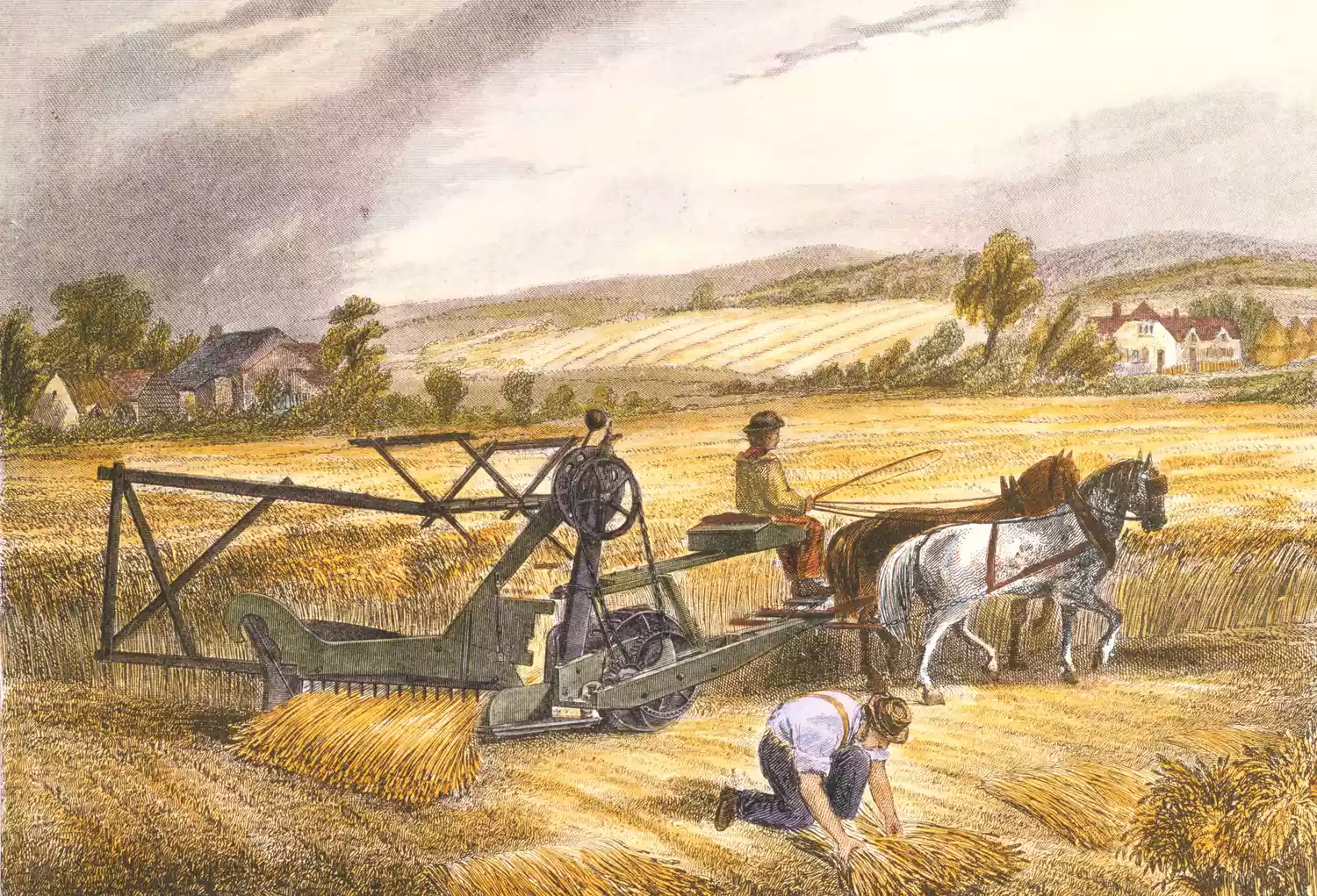Efficient Harvesting Techniques for Maize Forage Production and Management
The Benefits and Mechanisms of Maize Forage Harvesters
Maize, or corn, is a staple crop around the world, serving as a vital source of food for humans and livestock alike. In the realms of agriculture, efficient harvesting of maize is critical not only for the yield but also for the quality of the forage. This is where maize forage harvesters come into play. These machines have revolutionized the way farmers manage and harvest maize, significantly enhancing productivity and crop quality.
Understanding Maize Forage Harvesters
Maize forage harvesters are specialized farming equipment designed to efficiently collect and process maize into silage or feed. Unlike traditional harvesting methods, forage harvesters are capable of cutting the maize plant at the ground level, chopping it into manageable pieces, and evenly distributing it for further processing. This multi-functionality significantly reduces the time and labor involved in harvesting compared to manual methods or non-specialized machinery.
The adoption of these machines has grown exponentially in recent years, driven by the need for high-efficiency farming practices. As the global demand for animal feed increases, particularly in regions with intensive livestock farming systems, maize forage harvesters have become essential tools for modern farmers.
Advantages of Using Maize Forage Harvesters
1. Increased Efficiency One of the standout features of maize forage harvesters is their ability to significantly speed up the harvesting process. With the rising costs of labor in agriculture, these machines reduce the manpower required and allow for a faster turnaround from field to feed storage. Farmers can harvest larger areas in shorter periods, which is especially beneficial during the narrow windows of ideal harvesting conditions.
2. Improved Crop Quality The quality of the forage is critical for livestock health and production. Maize forage harvesters ensure that the entire plant, including leaves and stalks, is collected and processed, contributing to a more nutritious feed. The chopping mechanism enhances fermentation, making the resulting silage easier to digest for animals. This not only improves animal health but also optimizes feed efficiency, allowing farmers to maximize their investments in livestock production.
3. Versatility Many modern maize forage harvesters are designed to tackle various crops beyond maize, making them useful in diverse farming operations. This versatility can lead to additional revenue streams since farmers can harvest different types of forage crops throughout the growing season.
maize forage harvester

4. Reduced Crop Loss Loss of crop during harvesting is a significant concern for maize farmers. Traditional harvesting methods may leave behind valuable plant material, while forage harvesters collect more of the crop by cutting closer to the ground. Minimizing this loss directly contributes to a higher yield and better overall profitability for the farmer.
Mechanisms at Play
Maize forage harvesters work through several key components. The header, usually equipped with adjustable blades, ensures that the harvest occurs at the optimal height, and is agile enough to straddle rows effectively. The collection system captures the cut material and transfers it into a processing chamber where the chopping mechanism reduces the size of the stalks and leaves.
From there, the chopped maize is often expelled onto a trailer or directly into storage silos. Many advanced models also feature electronic monitoring systems that allow operators to track moisture levels and yield, ensuring optimal feed quality and reducing spoilage.
Environmental Considerations
Sustainability is becoming increasingly important in agriculture. Maize forage harvesters can contribute to more sustainable farming practices by allowing for precise harvesting that minimizes soil disturbance and crop waste. Techniques such as GPS-guided harvesting not only optimize field operations but also reduce fuel consumption and lower the carbon footprint of maize production.
Conclusion
Maize forage harvesters represent a significant advancement in agricultural technology, enabling farmers to improve efficiency, enhance crop quality, and reduce waste in the harvesting process. As global agricultural demands grow and sustainability becomes a critical conversation, these machines will undoubtedly play a pivotal role in the future of farming. By investing in modern harvesting technology, farmers can ensure not only the continued viability of maize production but also a more efficient and sustainable food supply for the world.
Latest news
-
When to Upgrade Your Old Forage HarvesterNewsJun.05,2025
-
One Forage Harvester for All Your NeedsNewsJun.05,2025
-
Mastering the Grass Reaper MachineNewsJun.05,2025
-
How Small Farms Make Full Use of Wheat ReaperNewsJun.05,2025
-
Harvesting Wheat the Easy Way: Use a Mini Tractor ReaperNewsJun.05,2025
-
Growing Demand for the Mini Tractor Reaper in AsiaNewsJun.05,2025







